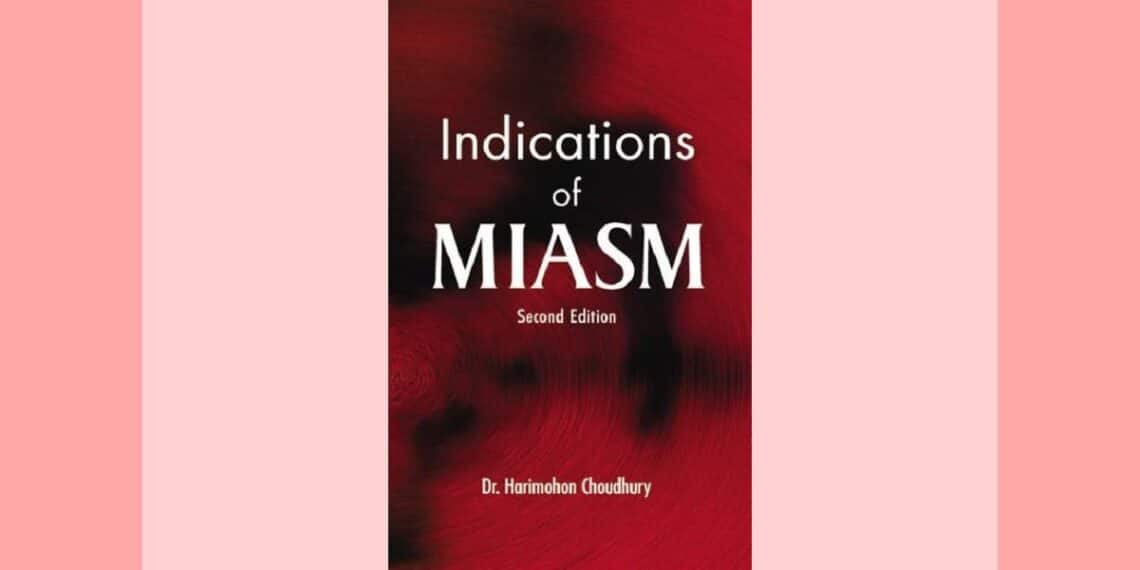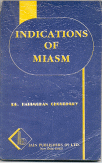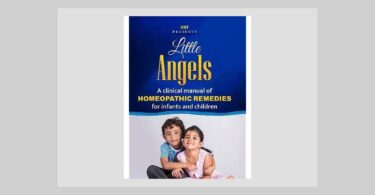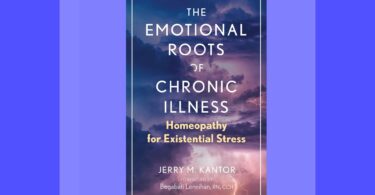|
|||||||
|
|
|||||||
| Homeopathy community ha always been divided over the question of miasms. Since the time of Hahnemann, this theory has remained controversial. A large number of our colleagues believe that miasms of Hahnemann are nothing but bacteria and viruses. Then there are spiritual followers of Kent who believe in the non-material nature of miasms and call it a predisposition or dyscrasia.This book by Dr. Harimohan Chaudhary strongly believes in the bacterial/parasitic origin or the miasms. The author believes that the suppression of bacterial/parasitic infections leads to the development of miasmatic states which persist even when the original pathogen is not present any more.
The book primarily covers six miasms – Psora originating from itch/scabies; Syphilis originating from disease syphilis; Sycosis originating from Gonorrhea; Tubercular from tuberculosis; AIDS from HIV and Cancer miasm. Unlike many other works, the author makes a strong case for considering tubercular miasm as an independent miasm and not as a complex of Psora and Syphilis. But continuing on the same thought the author is unable to justify why cancer should be a miasm. The author has also touched upon the possibility of Leprosy and Vaccinosis as separate miasms. This book is very neatly written. Each miasm has been covered under five chapters – the original disease through which a given miasm originates, symptoms of latent miasm, secondary symptoms, chief indications, and a list of anti-miasmatic remedies. The book is well researched and the list of symptoms is exhaustive. A beginner can very easily memorize miasmatic states with the help of this book. In the end the author dwells upon the mixed miasmatic states and the use of LM potencies for treating chronic diseases. Overall, this book is an excellent tool for understanding the prevalent concepts of miasm. Everyone who wants to study the concept of miasm, must go through this book. |
Indications of Miasms
Indications of Miasms







I recently bought the first edition (1988) at a second hand book shop nearby.
What hit me in the first place was the rather extended and strikingly good description of the disease classification as invented by Hahnemann. In this book you will find an extensive summary of Hahnemann’s disease classification. In chapter one dr. Choudhury gives a very good summary of Hahnemann’s system, deviding diseases in acute and chronic diseases. The chronic he devides in miasmatic and non-miasmatic. Since 2003 I work with great pleasure according to this “disease classification” system. In Holland since about 10 years working with disease classification is strongly promoted by my colleague Ewald Stoteler. As dr. Choudhury writes: “This classification of diseases was the first in its character in the history of medicine which is of paramount importance for treatment and management of diseases.”
Dr Manish Bhatia
This is for your clarification that MIASMS are not what Dr H.man has said. He had borrowed script, tried to change fact and present but could not do it perfectly so it carried a hazzy print of mother material. If you are ready to discuss please fix date.
Dr R A Patel